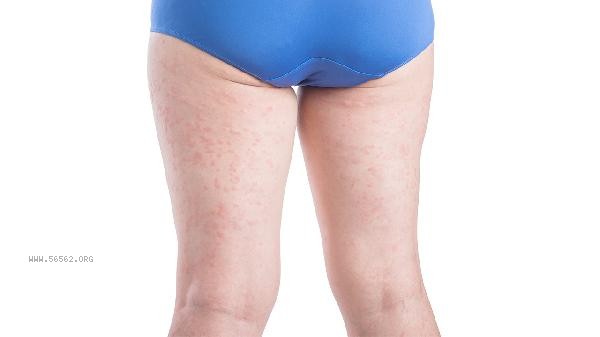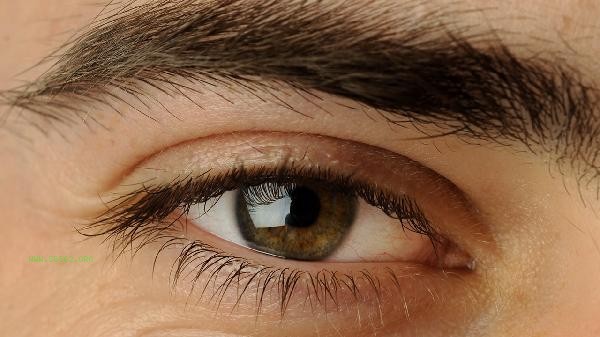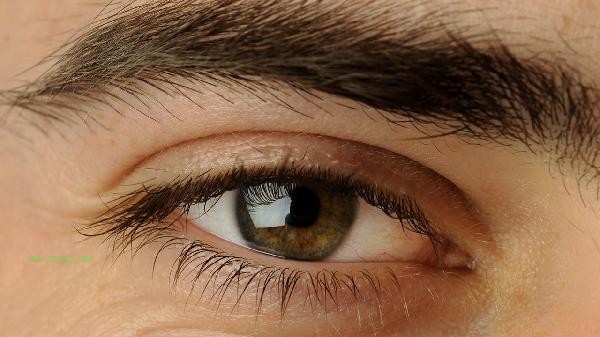The protrusion of flesh in the front of the thigh can be improved by adjusting diet, strengthening local exercise, improving posture, and other methods, usually related to fat accumulation, muscular development, or poor posture.

1. Adjust diet
Reduce intake of high calorie foods and increase intake of high-quality protein and dietary fiber. High quality proteins such as chicken breast and fish can help maintain muscle mass and prevent muscle loss caused by weight loss. Vegetables and fruits rich in dietary fiber can enhance satiety and reduce excess calorie intake. Control the proportion of refined carbohydrates and choose whole grains instead of white rice and flour to avoid fat accumulation caused by blood sugar fluctuations.
2. Local exercises
should be performed simultaneously for stretching and strengthening the quadriceps femoris muscle. Compound training such as deep squat and lunge squat can tighten the front muscles of the thigh, and relax with the foam axis after exercise to prevent excessive muscle tension. Aerobic exercises such as swimming and cycling can lead to overall weight loss and avoid compensatory muscle thickening caused by overtraining in a single area.
3. Body posture correction
Long term pelvic tilt can exacerbate muscle compensation in the anterior thigh. Adjust the center of gravity through standing against the wall training and maintain a daily posture of abdominal compression and hip lifting. Avoid crossing your legs or exerting force on one side during prolonged sitting, and improve lower limb circulation by getting up and moving every half hour. Warrior style and bridge style in yoga can enhance core stability and reduce compensatory force on the front thigh.

4. Lifestyle Habits
Ensuring sufficient sleep helps regulate leptin levels and avoid metabolic disorders at night. Reduce high salt diet to prevent edema type obesity, and control daily water intake within a reasonable range. Wearing pants that are too tight may hinder lymphatic flow, so choosing moderately loose bottoms is more conducive to shaping leg lines.
5. Professional intervention
When the body fat percentage exceeds the normal range, it is recommended to develop a personalized plan under the guidance of a nutritionist. Physical therapy can improve morphological abnormalities caused by muscle tone imbalance, and if necessary, structural lesions can be excluded through posture assessment. Hereditary abnormal fat distribution requires comprehensive intervention through medical means.

Weight loss requires consistent whole-body coordinated training to avoid excessive focus on local areas that can lead to imbalanced training. Perform aerobic exercise at least three times a week in conjunction with two strength training sessions, and fully warm up and stretch before and after exercise. Maintain a moderate calorie deficit in diet but avoid extreme dieting. Long term healthy sleep is more effective than short-term intense weight loss. If accompanied by knee joint pain or abnormal swelling, it is recommended to seek medical attention promptly to investigate pathological factors.








Comments (0)
Leave a Comment
No comments yet
Be the first to share your thoughts!